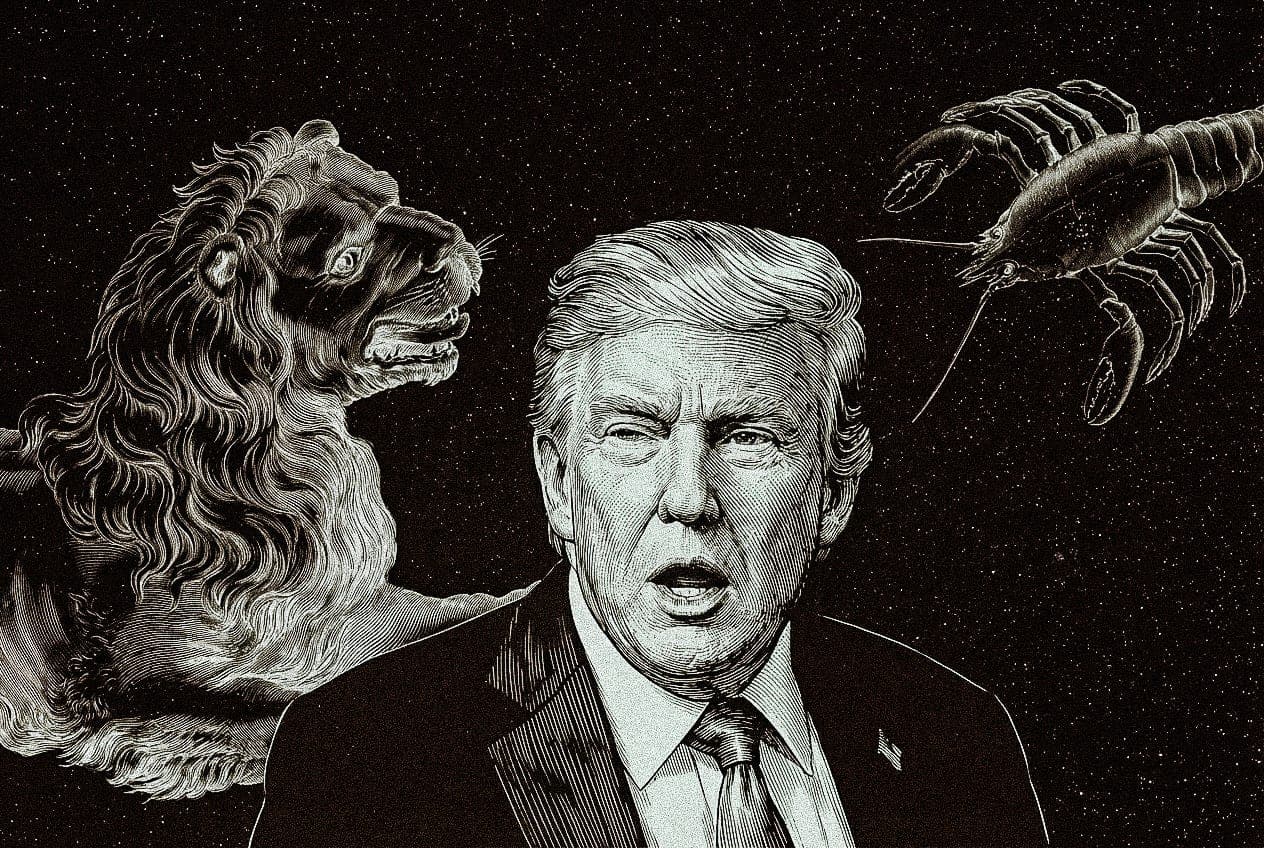
America's Right-Wing Astrology BoomJan 9
months after charlie kirk's assassination, the christian right is turning to the occult for answers while fitness influencers and biohackers use astrology as a lifestyle guide
Jul 12, 2023

Has the internet made us all insane — literally? This has been a major theme of Pirate Wires, and a central question of my work, since I first launched the company. From campfire stories to print to the televised debates of Nixon and Kennedy, we are shaped by the mediums through which we communicate. So how, I’ve found myself wondering, has a third of our country been shaped by TikTok? Well, to begin with: young people across the country now genuinely seem to believe they have dissociative identity disorder (in other words, multiple personalities).
Welcome to DIDTok, a cartoonish hellscape content genre (community?) perfectly in keeping with the Clown World laws that govern our culture. It is funny and horrifying and unfortunately sort of important. Fml.
River Page reports.